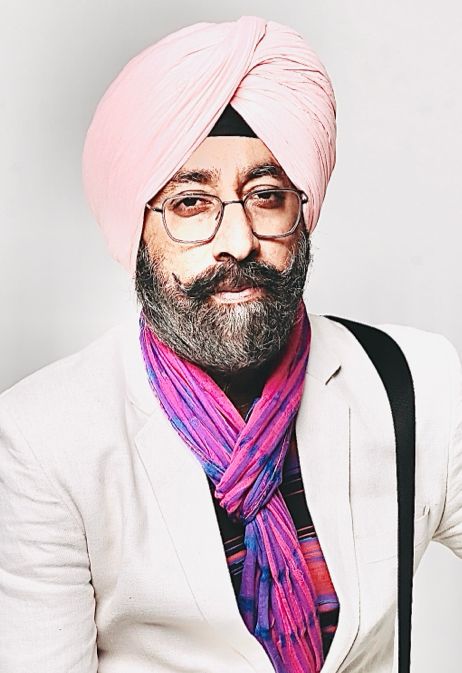
Pakistan has formally nominated former US President Donald Trump for the 2026 Nobel Peace Prize, crediting his “decisive diplomatic engagement and pivotal leadership” during the 2025 India-Pakistan crisis.
According to official statements from Islamabad, Trump’s intervention was instrumental in defusing heightened tensions between the two nuclear-armed neighbours, ultimately preventing a full-scale war that could have had catastrophic regional consequences.
The nomination was publicly announced on the Pakistani government’s verified social media accounts, where officials emphasized Trump’s “strategic foresight and stellar statesmanship” in engaging both Islamabad and New Delhi at a critical moment.
The crisis reportedly began following a terrorist attack in Jammu and Kashmir’s Pahalgam area, which resulted in significant casualties and a sharp escalation of cross-border hostilities. Pakistan described India’s actions as “unprovoked and unlawful aggression,” alleging a violation of its sovereignty and the loss of civilian lives.
In response, Islamabad launched Operation Bunyan-un-Marsoos, which it characterised as a “measured and precise military response” aimed at restoring deterrence while minimising harm to civilians. As tensions threatened to spiral out of control, Pakistan claimed that Trump’s “back-channel diplomacy” played a decisive role in de-escalating the situation and brokering a ceasefire.
Islamabad’s statement lauded Trump as a “genuine peacemaker,” highlighting his commitment to resolving conflicts through dialogue. The Pakistani government also acknowledged Trump’s repeated offers to mediate the Kashmir dispute, viewing his involvement as a “sincere commitment to durable peace in South Asia.” The statement stressed that lasting peace in the region would remain elusive without a resolution to the Kashmir issue in line with United Nations Security Council resolutions.
However, the Indian government has categorically denied any external intervention in the truce talks. Prime Minister Narendra Modi, in a recent phone call with Trump, reiterated that discussions were held at Islamabad’s request and that no other nation was involved. India’s foreign ministry has consistently maintained its long-standing position against third-party mediation in its bilateral disputes with Pakistan.
Despite these denials, Trump has repeatedly claimed credit for brokering peace between India and Pakistan, asserting that his efforts were crucial in averting a potential war. He has also expressed frustration over not being recognised for his diplomatic interventions in other global conflicts, stating, “They won’t give me a Nobel Peace Prize because they only give it to liberals”.
The nomination comes shortly after Trump hosted Pakistan’s Army Chief, Asim Munir, at the White House—a rare meeting that followed the four-day military flare-up. Munir had previously advocated for Trump’s Nobel nomination, crediting him with averting a potential nuclear confrontation between India and Pakistan. The White House confirmed the meeting and Munir’s praise for Trump’s role in calming tensions.
While Pakistan has lauded Trump’s diplomatic intervention as pivotal in preventing war, India has firmly rejected the notion of any external mediation, emphasising that the ceasefire resulted from direct bilateral engagement. The nomination underscores the divergent narratives regarding the resolution of the crisis and highlights the ongoing geopolitical sensitivities surrounding the India-Pakistan relationship.
Agencies





































































